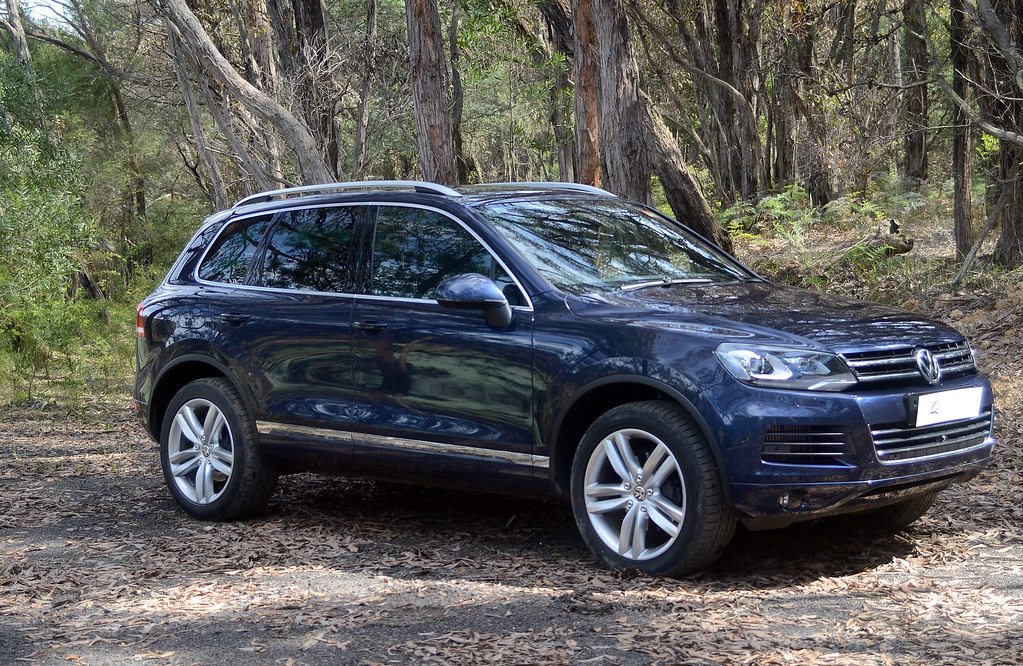
Imagine stepping aboard a truly remarkable aircraft—a modern engineering marvel with a double-decker cabin, luxurious interiors, quiet engines, and advanced features designed for comfort and efficiency. This is not just any ordinary private jet; it is a Boeing 747-8, reportedly gifted to the United States by the Qatari government.
The story of this particular 747-8 began with Qatar’s Prime Minister Sheikh Mohammed bin Abdulrahman bin Jassim Al Thani, who confirmed the transfer. He emphasized that the gesture was not intended to influence or sway the president. The jet, initially valued at approximately $200 million and later reported to be worth $400 million, is seen as a gesture of goodwill, a “gift from a sovereign nation to the U.S. Air Force,” a statement confirmed by White House spokesperson Anna Kelly.
The aircraft itself is a technological marvel. As an extended version of the legendary “jumbo jet,” the Boeing 747-8 is the longest model in the 747 series, designed for both passenger and cargo transport. It incorporates next-generation aluminum alloys and carbon fiber composite materials, selected for their enhanced durability, corrosion resistance, and reduced maintenance requirements, thereby improving operational efficiency.

Powering this massive aircraft is the GEnx engine, hailed as one of the cleanest and most fuel-efficient turbofan engines in the world. Developed based on the engine used in the 787 Dreamliner, the GEnx has been specifically optimized for the 747-8 model, making a significant contribution to environmental protection. According to Boeing, the GEnx engine’s combustion chamber significantly reduces nitrogen oxide emissions, exceeding the International Civil Aviation Organization (ICAO) emission standards by 52% and far below future expected emission limits.
The 747-8 aircraft also boasts excellent acoustic performance, with noise levels 15 decibels below the noise limits specified by the ICAO. The dual V-shaped structure and sound-absorbing lining on the engine nacelle help reduce noise during takeoff, while the engine’s high bypass ratio minimizes noise in surrounding communities, making it a cleaner operational choice for airports and their surrounding areas.
According to marketing materials preserved by the Internet Archive, the interior of Qatar’s jet is indeed extremely luxurious. It features large leather seats, wood inlays, multiple lounges, a bedroom suite, and a private office, a layout that may be more luxurious than the current or planned configuration of Air Force One.

The aircraft’s wing design is also noteworthy, featuring a second-generation flexible wing and a new fully integrated swept wing tip. These design elements enhance aerodynamic performance, increase fuel capacity without sacrificing speed, and contribute to improved overall efficiency and range, enabling the aircraft to fly approximately 1,000 nautical miles farther than the older 747-200 model currently used as Air Force One.
In addition to operational advantages, the 747-8 aircraft is equipped with a cockpit design compatible with Boeing’s twin-aisle passenger aircraft series. This allows operators to use the same group of pilots to operate different models of jet aircraft, thereby reducing the training time required for pilots to transition between different aircraft types and improving crew efficiency through so-called “mixed fleet operations.”
This perspective contrasts sharply with suggestions that the aircraft could be quickly modified into a presidential aircraft. Experts well-versed in the operations and history of Air Force One swiftly refuted this idea. Ken Walsh—a journalist who has covered the White House for decades and has flown on Air Force One over 200 times—described the idea of quickly preparing the aircraft as “an interesting fantasy.”

Walsh emphasized the complexity of modifying these aircraft. He said, “Anyone familiar with these aircraft and the history of Air Force One knows that they are extremely difficult to manufacture and that the technology is constantly advancing.” He added, “They don’t just appear at your airport out of thin air; they have to be specially built.”
Aviation analyst and Managing Director of AeroDynamic Advisory, Richard Aboulafia, agreed, calling the rapid deployment plan “fantasy.” He pointed out that while issues such as Boeing’s “poor execution” have caused delays in other Air Force One projects, a significant portion of the challenge stems from the “enormous requirements and workload involved in modifying commercial jets into military aircraft.”
The term “Air Force One” technically refers to any Air Force aircraft carrying the president, but in common parlance, it specifically denotes the Boeing 747 aircraft modified for that role. These aircraft are far more than mere modes of transportation; they are mobile, fortified command centers designed to function as a fully operational White House in the air.

Doug Birkey, Executive Director of the Mitchell Institute for Aerospace Studies, emphasized this critical distinction. “It’s a mobile White House,” he explained. “Regardless of the environment, including wartime, all presidential functions must be carried out here.”
These specialized aircraft are equipped with “extremely powerful command and control systems” and are capable of withstanding a variety of threats, from surface-to-air missiles to nuclear blast shockwaves. As Birkey bluntly put it, “It is designed to withstand the worst-case scenarios.”
In addition to high-tech defense systems, the physical layout of Air Force One is uniquely designed to meet the operational and security needs of the president. While many details remain classified, a technical document accidentally leaked in 2006 revealed the basic three-tiered floor plan of the then-current model.
The lower level is used for cargo transport, the upper level for crew and communications, while the spacious middle level houses the critical presidential functions. This central level includes all the facilities necessary for the president’s work and living needs, including a large presidential suite with an office equipped with real-time video and audio broadcasting capabilities, a medical zone capable of performing basic surgeries, a conference room, and two kitchens capable of preparing up to 100 meals simultaneously.

The journey of this particular 747-8 aircraft, from a luxury jet in Qatar to a possible (albeit temporary) Air Force One, and finally to a library exhibit, highlights the complex behind-the-scenes operations and domestic implications of such high-risk international transactions.



